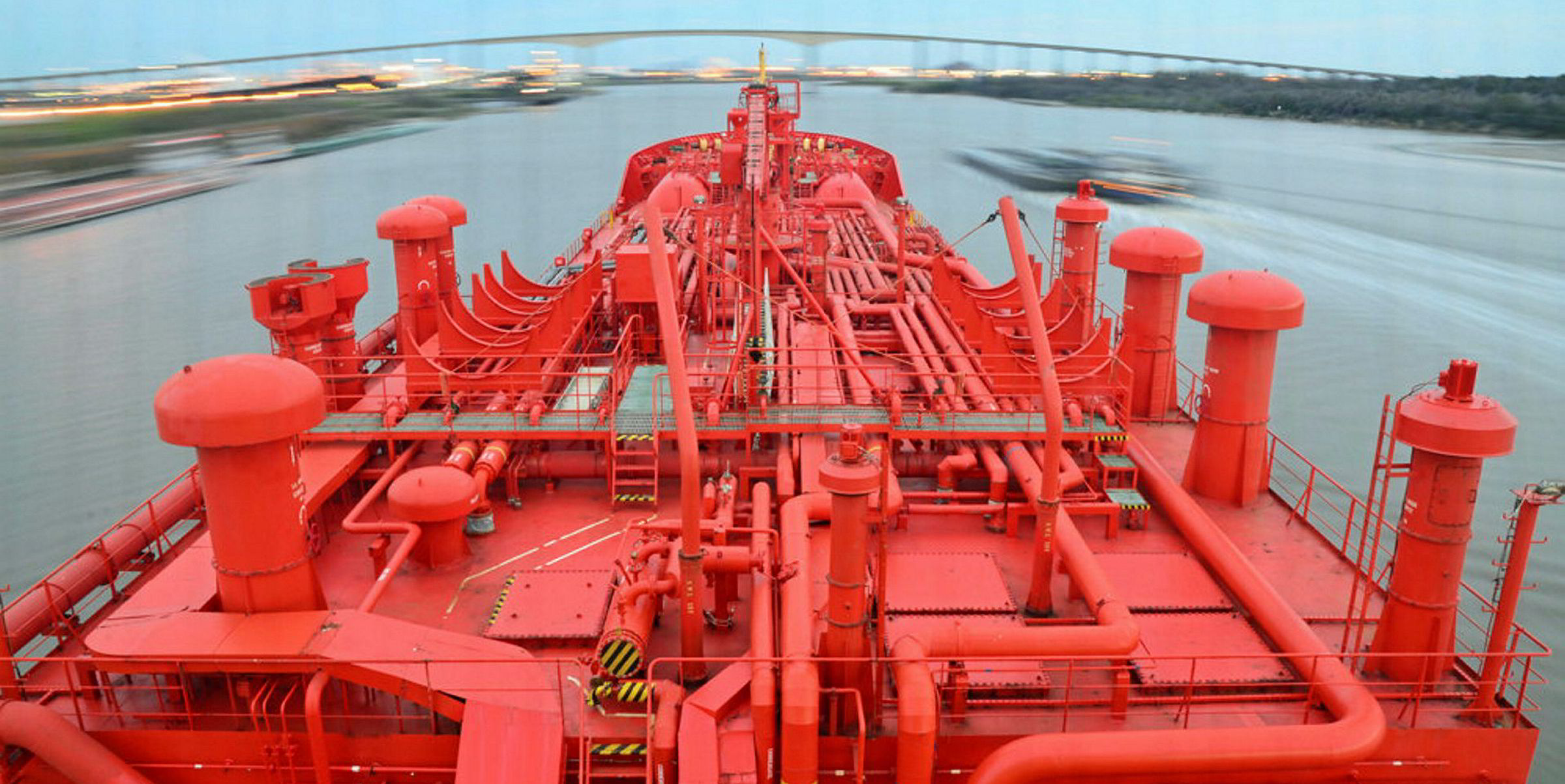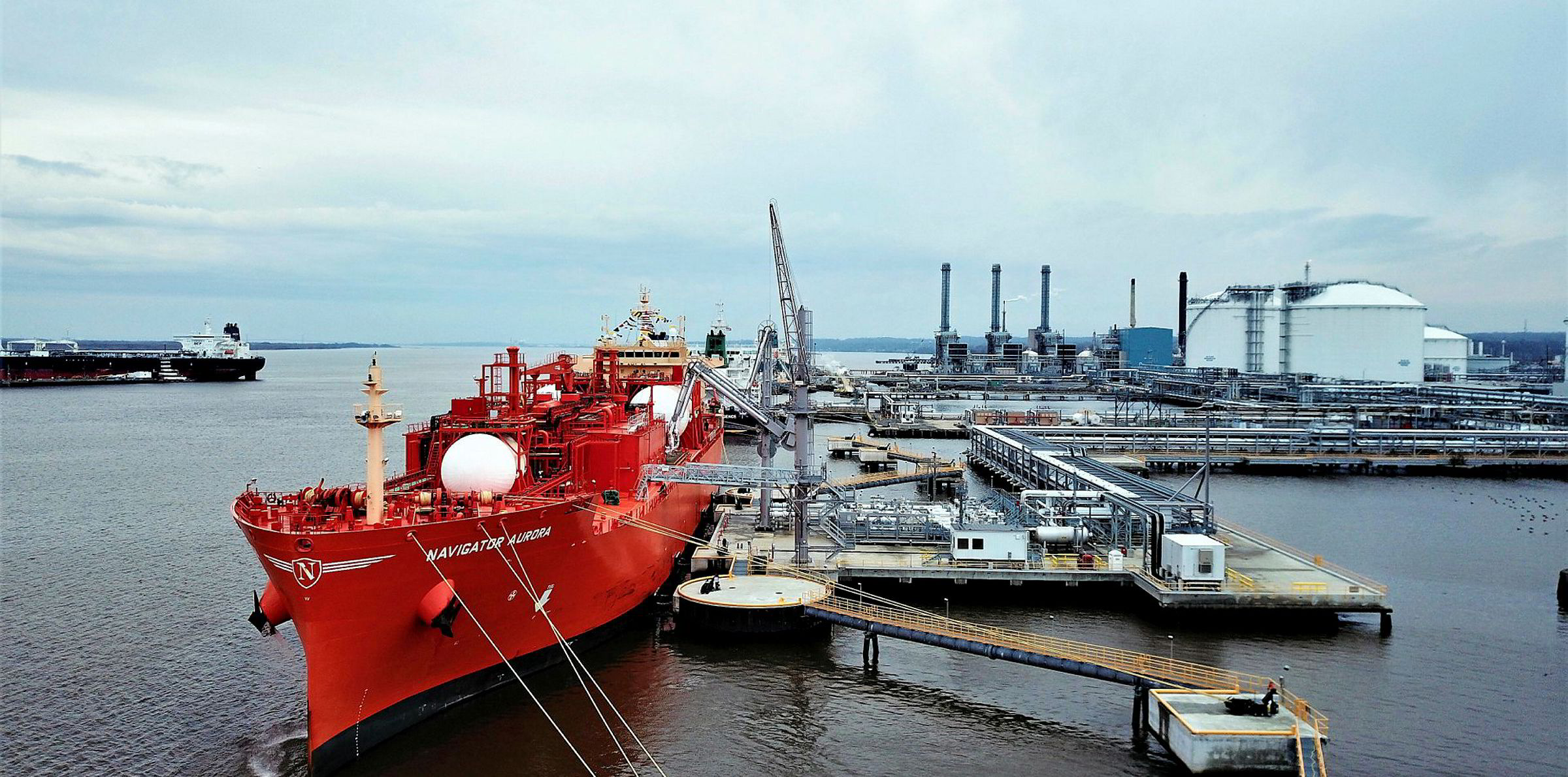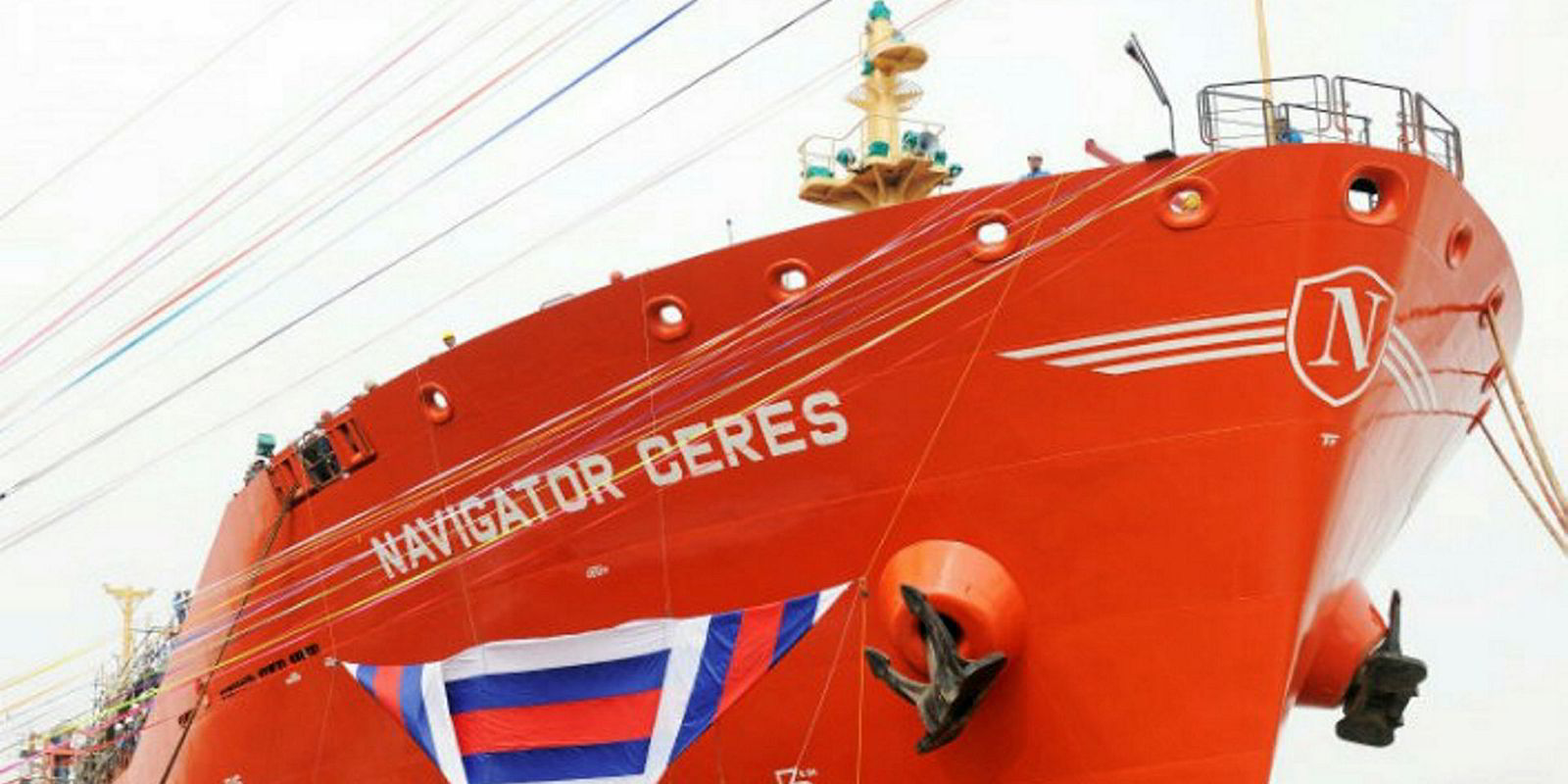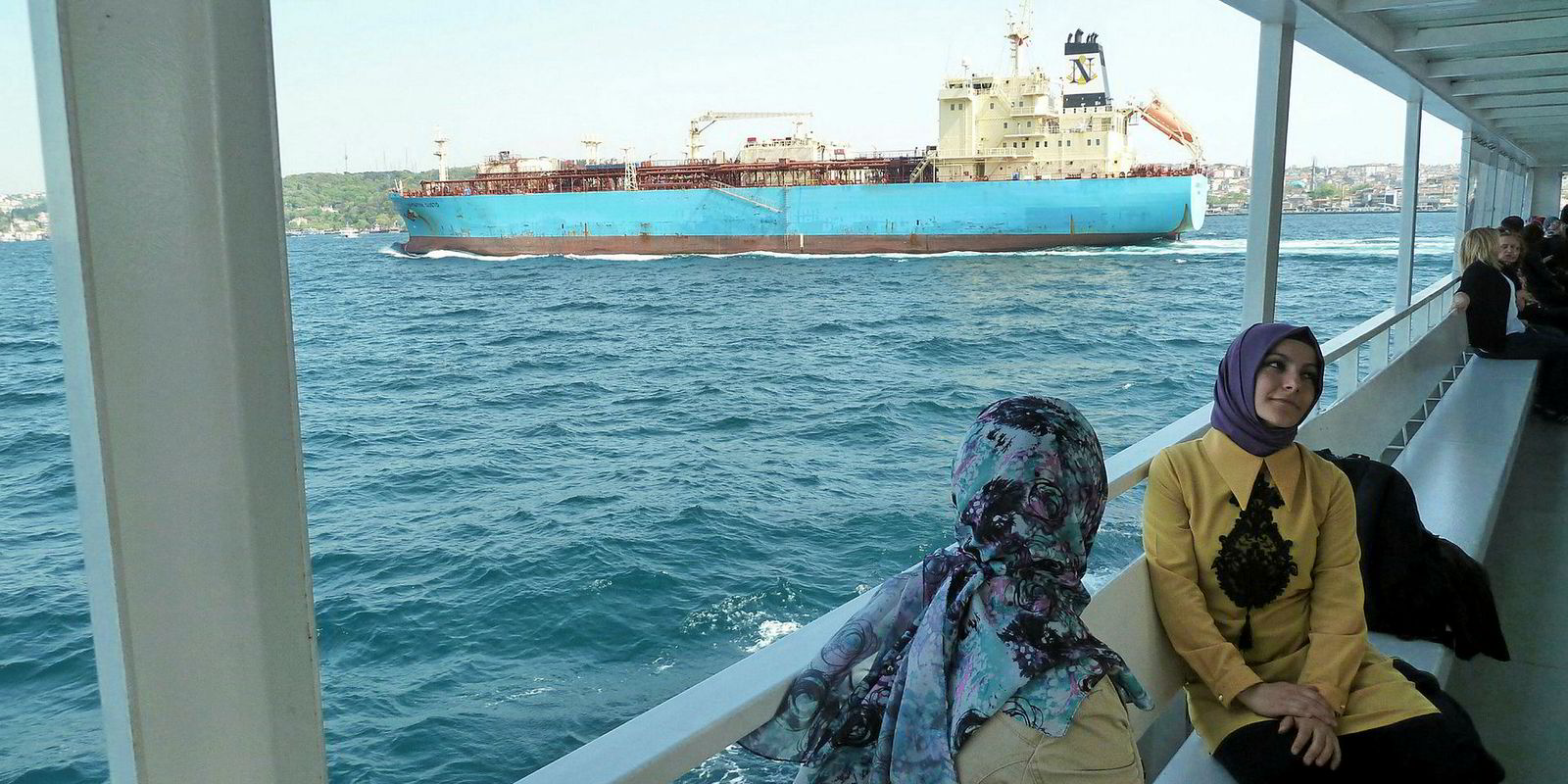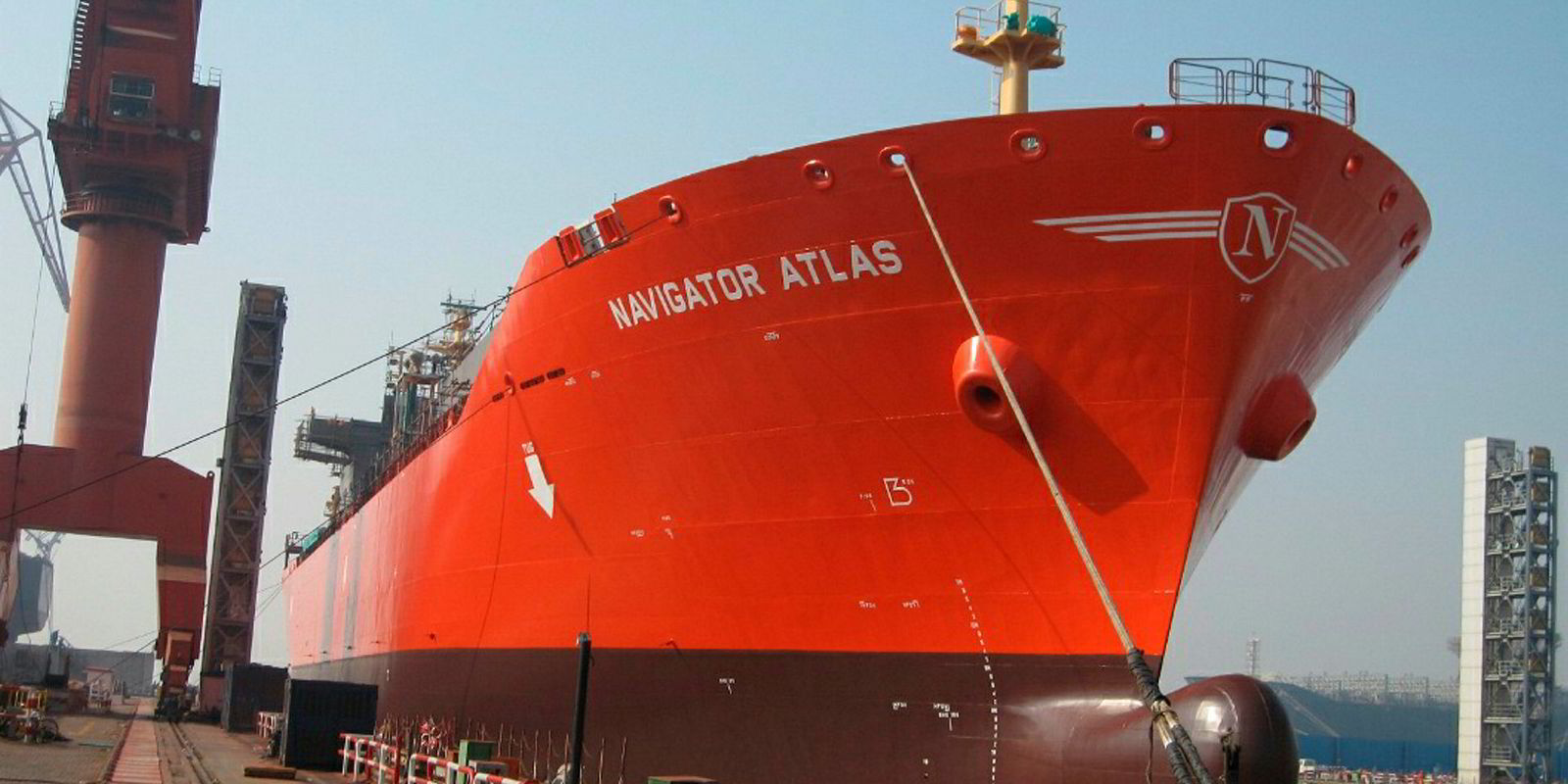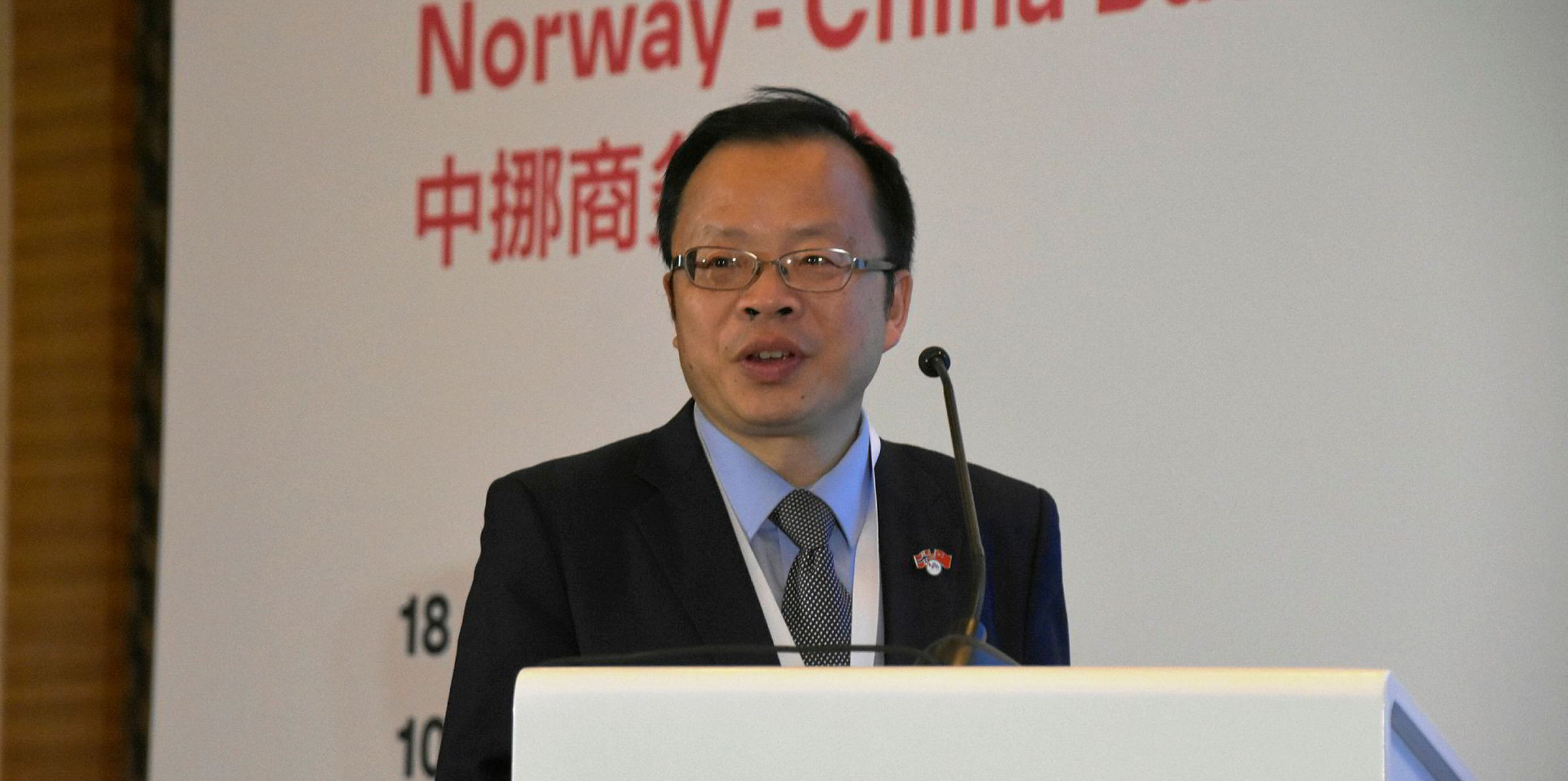Navigator Holdings has spotted a way to boost its business from the US ethane-based petrochemical expansion, having invested in one of the most versatile gas carrier fleets in the industry.
Having endured two years of weak charter markets, the New York-listed shipowner is well positioned to take advantage of what is forecast to be a rising LPG and petrochemical export market from the US, according to chairman David Butters.
“We built the most flexible type of vessels. What we are seeing now is we are going to be rewarded by that in the next 18 months,” Butters, who also serves as Navigator’s president and chief executive, tells TradeWinds from his London office.
Navigator’s entire fleet can carry LPG and some types of petrochemical products. In particular, 10 of its 33 handysize units and four of its five 37,000-cbm vessels are designed to transport ethane and ethylene.
While those ships cost more to be built due to their complexity, Butters reckons they will benefit from the explosive expansion in US petrochemical production capacity in the coming years.
'No competition'
“In the US, the petrochemical industry will boom," Butters says. "They will build... because no one can compete with it.”
Riding on cheap, abundant ethane produced domestically as feedstocks, US petrochemical producers — including Chevron, ExxonMobil and Indorama — have been expanding their olefin production capacity since 2017.
After two ethane crackers with an annual capacity of three million tonnes in total came online in 2018, Navigator estimates four units totalling 6.07 million tonnes in capacity will be commissioned this year and six plants with 12.67 million tonnes in 2020 to 2022.
Those facilities, most of which are located in the US Gulf, process ethane into ethylene. Some of the production will be fed into domestic plants. But Butters, along with many other industry officials, expects there to be a lot of excess for the overseas market.
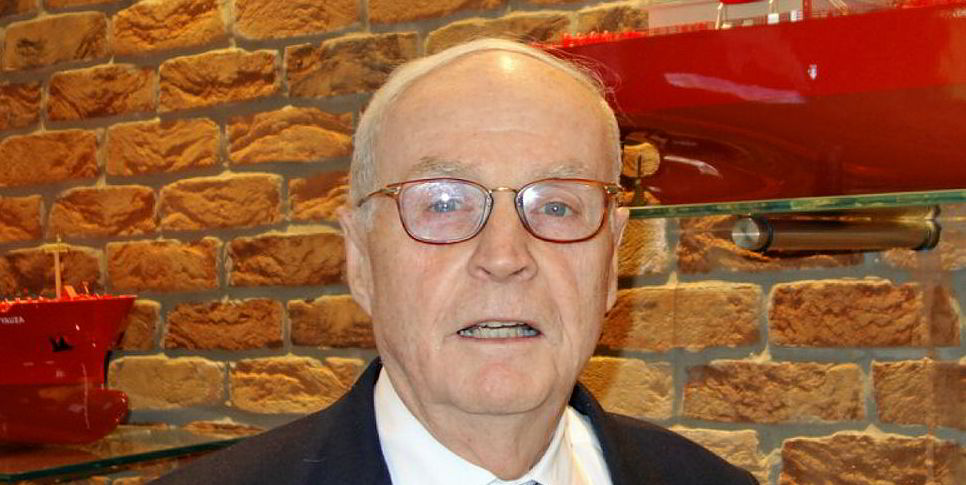
For that to happen, export infrastructure will need to be de-bottlenecked first. Targa Energy operates the only US ethylene export terminal with limited capacity in Galena Park. The second one, developed by a 50:50 joint venture between Navigator and Enterprise Products Partners, is scheduled to start operation in the fourth quarter of this year.
According to Navigator, half of the terminal’s annual handling capacity is already contracted while the rest is expected to be fixed ahead of its start-up. In addition to bringing in stable cash flows, the terminal may also lead to more long-term charter business for its fleet, Butters says.
“Our terminal will make a dramatic change,” Butters adds, predicting that within a year all four of the 37,000-cbm ethane and ethylene carriers could be on charters lasting for five to 10 years.
Ethane expansion
The main driver for the US petrochemical boom has been rising ethane production amid the shale revolution.
Even as the large ethane-cracking capacity is coming online, the Energy Information Administration has forecast ethane surplus in the US to grow to 330,000 barrels per day (bpd) in 2019 from 270,000 bpd last year.
The main buyers for US ethane have been European and Indian ethane crackers, which lift their cargoes from Morgan’s Point in Texas and Marcus Hook in Pennsylvania. While Reliance Industries has built six very large ethane carriers (VLECs) to ship its cargoes from the US to India, Butters points out that Navigator’s midsize ships are optimised for the Atlantic trades.
The Navigator Aurora (built 2016), one of the company’s 37,000-cbm units, has been fixed by Austrian chemicals producer Borealis AG to carry ethane to its plant in Stenungsund, Sweden, on a 10-year charter that began in 2016.
“What’s available right now is our vessels... if someone wants to move ethane, they come to us because we have midsize vessels available,” Butters says.
Navigator owns 14 of the world’s 55 ethane-capable tankers larger than 15,000 cbm. However, as ethane carriers are expensive to build — a VLEC costs $50m more than a VLGC — Navigator officials suggest the company will only expand its ethane shipping capacity when there is long-term charter demand.
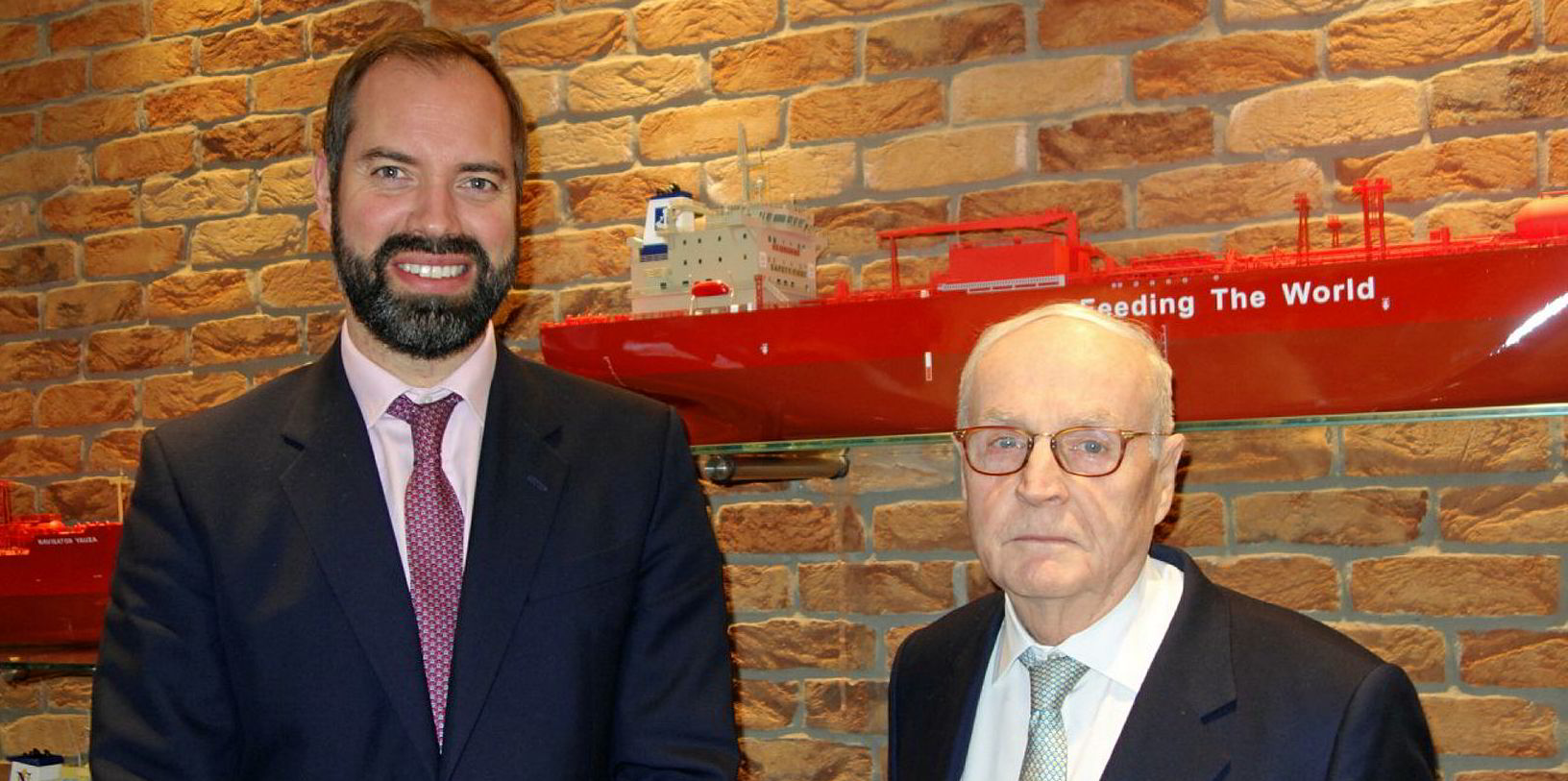
Oeyvind Lindeman, Navigator’s chief commercial officer, says charter demand for ethane carriers is generally based on cracking projects rather than spot business. Petrochemical producers will secure supply from the US, which has emerged as the world’s dominant exporter, and obtain logistics assets — including vessels — to serve their supply chain requirements.
“The question is whether the logistics is available [for the producers],” Lindeman says.
For the mid to long term, many industry officials expect China to become the largest buyer of US ethane, as the feedstock is cheap and cleaner than naphtha for Chinese producers.
This would lead to more long-haul trades on VLECs. However, the development has been slow amid the two countries’ worsening bilateral relationship, even as Beijing has yet to impose additional tariffs on US ethane.
Projects of progress
According to some China-based analysts, only two projects appear to be progressing out of more than a dozen that have been announced.
SP Chemicals’ 650,000-tonne-per-year plant, which can run on ethane and propane, is due to start operations this year and has secured long-term supply from Ineos. Ineos has chartered a 95,000-cbm VLEC ordered by the Jaccar group at Dalian Shipbuilding Industry Co due for delivery within weeks.
Zhejiang Satellite Petrochemical is planning 2.5 million-tonne-a-year ethane crackers in Lianyungang due in 2020, but it is believed that full government approvals have yet to be obtained. The project would require at least six VLECs on long-term charters if it materialised.
Would Navigator be interested in participating in VLEC projects, which generally invite bids from multiple owners?
“We are one of the few players with the ability and capacity to be in the game,” Butters says.
“If we are going to be played against another three or four companies, fine, but we are going to [need to] make money out of it.”

